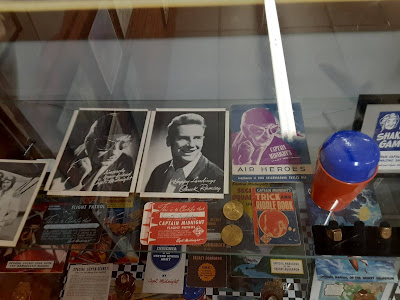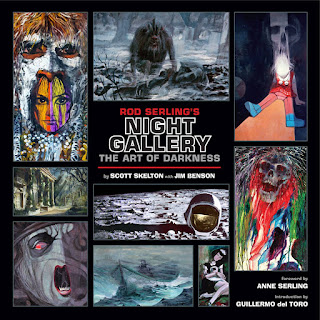Marvel cooked up a recipe involving individual superhero movies that culminated into a superhero team-up, and box office success. Executives at Warner Bros. chose to go work the other way with a team-up and later individual movies with each of the superheroes. After establishing the new rendition of Superman and Batman, the first of what was meant to be three Justice League movies went into production. After significant pressure from the studio who wanted to quickly cash in on the success of Marvel’s The Avengers, Zack Snyder suffered a personal blow during production of Justice League – the suicide of his daughter, Autumn. For two months he attempted to complete work on the film as a means of coping with his loss but ultimately had to walk away. Spiraling into disaster control mode, after review of the costs already put into production, the movie studio turned to Joss Whedon, who scripted and directed The Avengers, to jump on board and help finish the film. The studio executives were not pleased with the dark style of Zack Snyder, and asked Whedon to incorporate a brighter tone, cut the runtime down significantly (in accordance to a studio mandate), and complete the film for theatrical release.
Anyone who saw the theatrical rendition knows the film wavers back and forth between scenes. You could tell which ones were scripted and shot by Whedon and which ones were directed by Snyder. In total, 90 percent of the finished film were Whedon’s scenes. Fan boys had high hopes for the movie based on the popularity of the comic book stories, but the film received mixed reviews and financially the movie was a box-office bomb. Zack Snyder was advised by his close friends and family not to watch the theatrical release in fear he would react to what he saw.
Following the theatrical release, and without knowing that Snyder had hours of unused footage on the shelf, fanboys launched a campaign that included petitions, comic con gatherings and billboards in Times Square in the hopes the studio would consider giving Snyder the green light to assemble the unused footage for a director’s cut. Ultimately the studio gave the go-ahead and a small budget for Snyder to complete CGI special effects and a music score. Released on HBOMax on March 18 is Zack Snyder’s Justice League, a four-hour epic that is a completely different movie from what we saw in the theatrical release.
More than just an alternate rendition, numerous characters who received minimum screen time now take center stage, there is a larger villain in the background pulling the strings, and subtle details that required explanation are now extended for clarity. Barry Allen (a.k.a. The Flash) gets more screen time, the character of Cyborg has purpose beyond looking flashy on the big screen, and Wonder Woman commits an act of brawn that you would never expect to see going in. But while we are treated to the best of Zack Snyder, we are also treated to his worst. The film is bloodier, lacked human qualities, contained vulgarity that was not found in the theatrical versions, eliminated humor, and our heroes are practically gods who would not crack a smile if they knew what a joke was. At least three separate times I saw our heroes standing around discussing what action they should take, in a manner that looked like cardboard cutouts, with no emotion as they recited their lines. Clearly had Snyder finished the movie back in 2017, retakes would have polished those scenes. Is Zack Snyder’s Justice League a better film than the theatrical movie? Yes. But only because there is a different story and so much new footage.
The director’s cut contains over three-and-a-half hours of footage unseen until now. Director Patty Jenkins insists Zack Snyder’s Justice League fits within the D.C. Cinematic Universe when it comes to continuity with the Wonder Woman movies, but when it comes to the underwater scenes involving Atlantis and Aquaman, there are noticeable differences. Among the obvious was how the Atlanteans were unable to talk under water normally, like in the James Wan movie, and respond to each other by trilling; Also, Mera has an English accent instead of the American Accent she uses in Aquaman. She is also referred to as Domestic Abuser Mera instead of Princess Mera. Also, her parents are revealed to be dead, when King Nereus is clearly alive in the solo movie. Finally, Arthur comments that his mother left him on his father's doorstep as a baby. This is slightly different from the story told in Aquaman, where Arthur is a toddler when Atlanna left him and Thomas Curry to protect them.
Towards the end of the film the director provided us with a hellscape besieged by insect-like Parademons, who make up the army of a cosmic tyrant known as Darkseid. This was only to provide fans with a vision of where he planned to take the next movie and since the director and studio already parted ways, makes me wonder why it was included in the first place. If anything, the film is exhausting. Only once in the four hours was I cheering for one of the superheroes. For anyone who never saw the theatrical release, the director’s cut will be a fantastic feast for the eyes. But Zack Snyder’s Justice League reminds me of Alfred Hitchcock who once said the length of a movie should never last the endurance of the human bladder. Clocking in two minutes over four hours, I question why the movie could not have been cut to three hours.
































